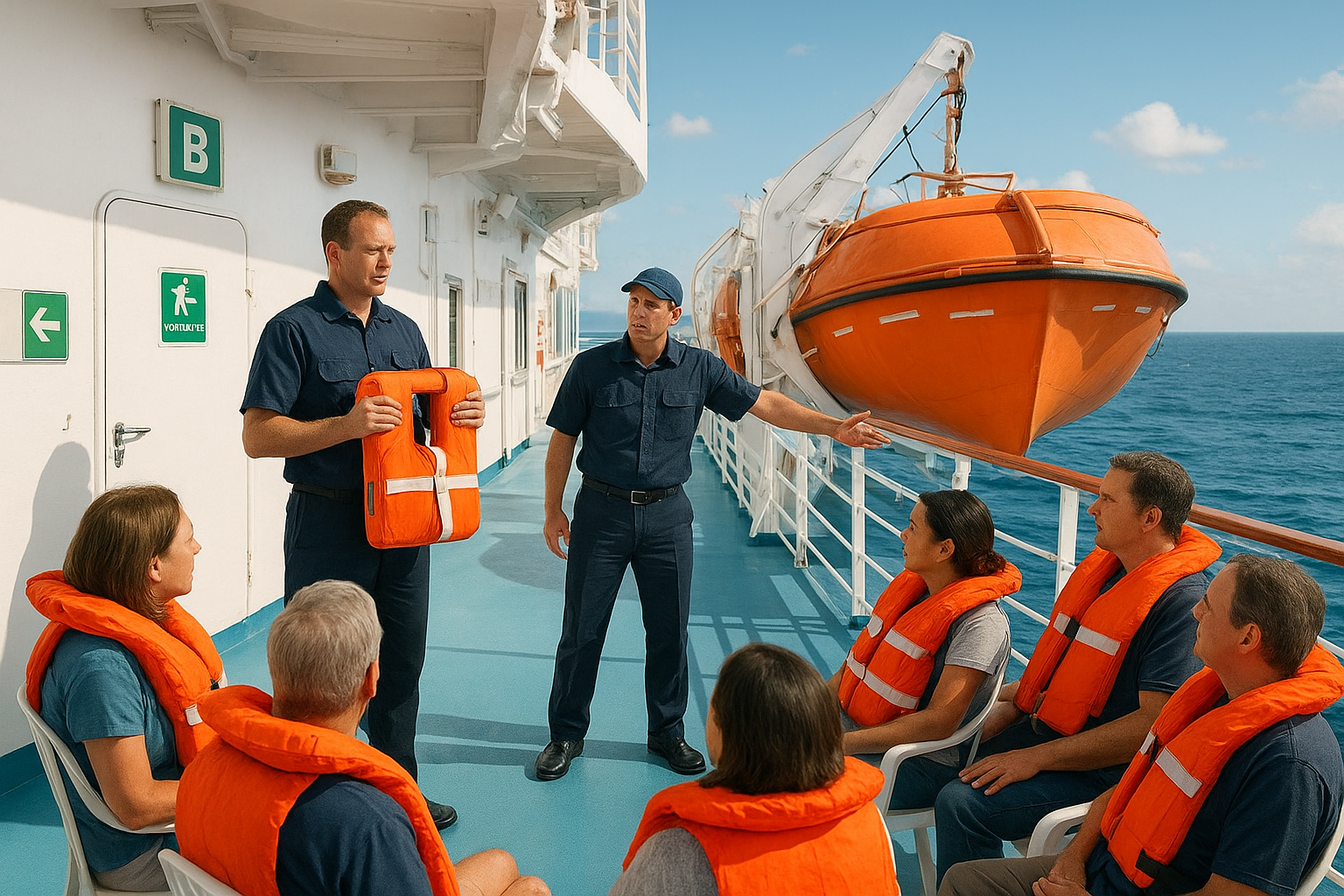
Ship Safety Drills: What Passengers Need to Know About Emergency Training and Procedures
The Drill That Could Save Your Life
What Happens During a Safety Drill
Different Types of Drills
Why Drills Matter More Than You Think
What Passengers Should Expect
Crew Training: The Professionals Behind the Scenes
The Technology Behind Modern Drills
International Standards and Regulations
The Psychology of Emergency Response
The Bottom Line
Share This Article
Related Articles
Continue reading with these related articles

Essential Safety Procedures for Ship Passengers: Lifeboat Stations, Fire Extinguishers, and Emergency Exits
Learn essential safety procedures for ship passengers, including how to locate lifeboat stations, fire extinguishers, and emergency exits. Get practical guidance for staying safe at sea.

Medical Emergencies at Sea: Onboard Medical Facilities and Emergency Medical Response
Discover how medical emergencies are handled at sea, from onboard medical facilities to helicopter medevac flights. Learn about cruise ship medical centers, hospital ships like USS Mercy and USS Comfort, and emergency medical response procedures.

Bridge Safety Equipment: Weather Detection, Radio Communications, and Emergency Beacons
Discover the advanced safety equipment in the ship's bridge, including weather monitoring, communication systems, and emergency positioning beacons that keep ships safe at sea.

Cruise Ship Passenger Safety: Essential Guidelines for Safe Voyages
Discover essential cruise ship passenger safety guidelines, from emergency procedures to onboard safety measures. Learn what to expect during your cruise and how cruise ships keep passengers safe at sea.
© 2025 The Salty Mariner. All rights reserved.
